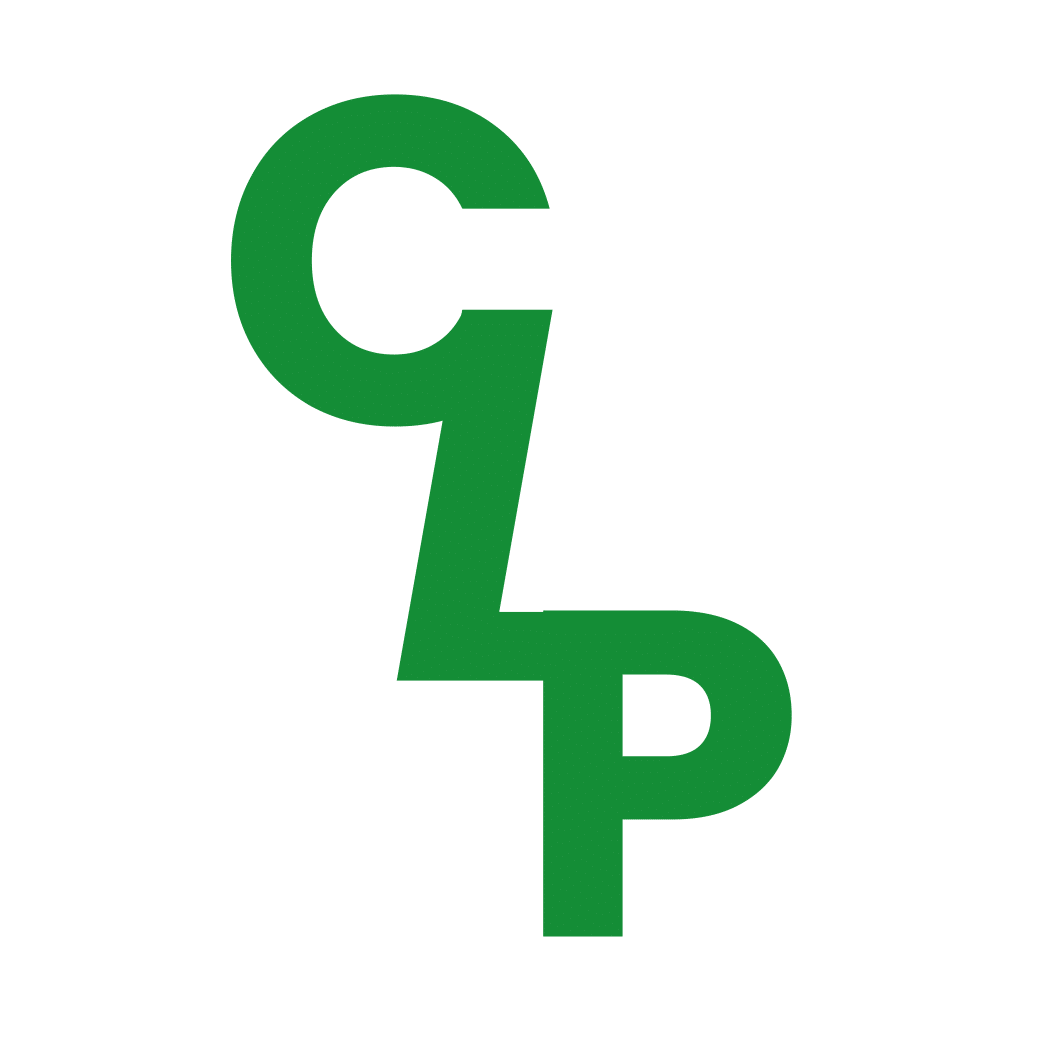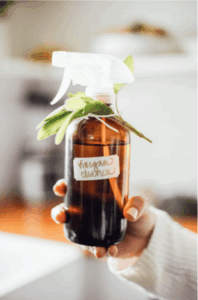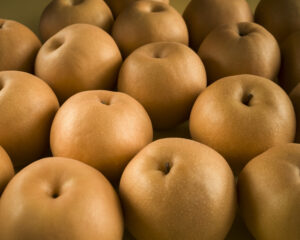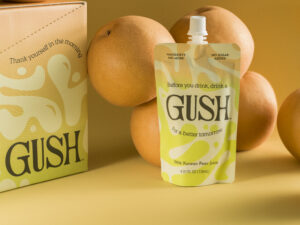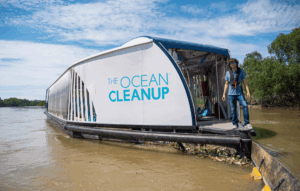When we think about “health hazards,” we often imagine outdoor smog, smoking or vaping, pesticides, or fast food. But the reality? One of the most polluted and toxic places might be inside your own home. And the culprit… the so-called “clean” products under your sink.
If you’ve ever caught a headache after spraying down your kitchen or noticed your skin irritated after scrubbing the bathroom, it’s not just in your head. Conventional cleaning products are quietly polluting your indoor air and messing with your hormones.
The good news? Making your own cleaners is simple, safer, and cheaper!
VOCs: Invisible Threats In Your Home
Many store-bought cleaning products release volatile organic compounds (VOCs) – invisible gases that linger in the air long after that “fresh scent” fades. According to the EPA, indoor air can be 2 to 5 times more polluted than outdoor air, largely because of products like disinfectants, air fresheners, and cleaning sprays.
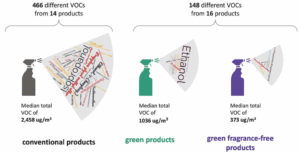
Breathing in VOCs is linked to:
- Headaches and dizziness
- Asthma attacks and respiratory irritation
- Long-term liver, kidney, and nervous system damage
A 2024 study published in Atmospheric Environment found that some cleaning products emit VOCs at levels that can exceed acute toxicological thresholds, especially in poorly ventilated homes.
Hormone Havoc: Endocrine Disruptors
It’s not just your lungs at risk – your hormones are under attack too.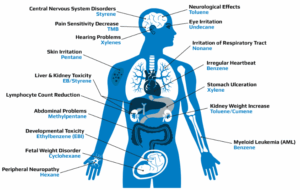
Common cleaning agents often contain hidden endocrine-disrupting chemicals like:
- Phthalates (usually masked under “fragrance”)
- Parabens
- Synthetic “musks”
Research published in Environmental Health Perspectives detected 55 different harmful compounds across popular consumer cleaning products — many of them unlisted on labels.
These substances have been linked to:
- Fertility issues
- Thyroid problems
- Early puberty
- Higher risks of hormone-related cancers
This review in Water, Air, & Soil Pollution emphasized that even low doses of endocrine disruptors like parabens and BPA can cause cumulative, long-term health impacts.
Even small daily exposures add up, slowly creating a chemical load your body has to constantly fight.
Respiratory Health: Lighting one up?
If you’re reaching for that store-bought spray daily, you might as well be lighting up a cigarette.
A French study highlighted by Le Monde found that exposure to cleaning products can cause respiratory damage equivalent to smoking a pack of cigarettes every day.
Research from the Lawrence Berkeley National Laboratory showed that frequent use of cleaning sprays significantly increases asthma symptoms in the general population.
The damage isn’t limited to professional cleaners; this is affecting most of us almost every day.
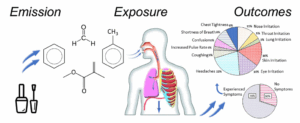
Why Going DIY Is a Total Game-Changer
Taking control of what you clean with isn’t just some crunchy DIY project – it’s a serious power move.
Homemade cleaners:
- Skip the mystery chemicals entirely
- Protect your lungs and hormones
- Lower your family’s chemical exposure
And you know exactly what’s inside – no need to decode vague labels like “proprietary blend.”
Cost-Effective and Eco-Conscious
DIY products aren’t just safer – they’re also way cheaper over time. Basic ingredients like vinegar, baking soda, and castile soap go a long way. Plus, you’ll:
- Cut down on single-use plastic (goodbye, endless spray bottles)
- Reduce your carbon footprint by avoiding factory-made goods
Peace of Mind is Priceless
When you ditch the toxic mystery cocktails for simple, recognizable ingredients, you breathe easier – literally and metaphorically.
Simple Starter Recipes to Take Your Power Back
Ready to clean house (pun intended)? Here are three easy DIY recipes to get you started:
All-Purpose Vinegar Spray
- 1 part white vinegar

- 1 part water
- 10–20 drops essential oil (like lemon, lavender, or tea tree for antimicrobial punch)
- Optional: Add a small squirt of castile soap for extra cleaning power
Use for counters, sinks, appliances, bathroom surfaces (avoid marble or granite — vinegar can etch stone).
Baking Soda Scrub
- 1 cup baking soda
- ½ cup castile soap
- 10 drops essential oil (like peppermint or eucalyptus)
Mix into a paste.
Perfect for tubs, tile grout, stovetops, and stainless steel sinks.
Essential Oil Disinfectant
- 1 cup of water
- 1 cup of 70% isopropyl alcohol
- 30 drops of tea tree oil
- 10 drops of lavender oil
Shake before each use.
Great for doorknobs, light switches, and high-touch surfaces.
Tips for Transitioning to a Low-Tox Home
Start slow. You don’t have to throw everything out at once.
- Phase out one product at a time: Finish the bottle, then replace it with a DIY alternative.
- Stock your DIY arsenal:
- White vinegar
- Baking soda
- Castile soap
- Essential oils (tea tree, lavender, and lemon are MVPs)
- Amber glass spray bottles
Final Thoughts: Clean Should Not Mean Toxic
True cleanliness isn’t just about shiny counters and “fresh” scents – it’s about creating a home that actually supports your health. Things that appear clean should actually be clean.
So yeah, making your own cleaning products isn’t an extra and new age trend. It’s reclaiming your home, your air, your body, and your power.
A simple homemade cleaning solution will last for a month, is multi-purpose, and will have you breathing easier.
